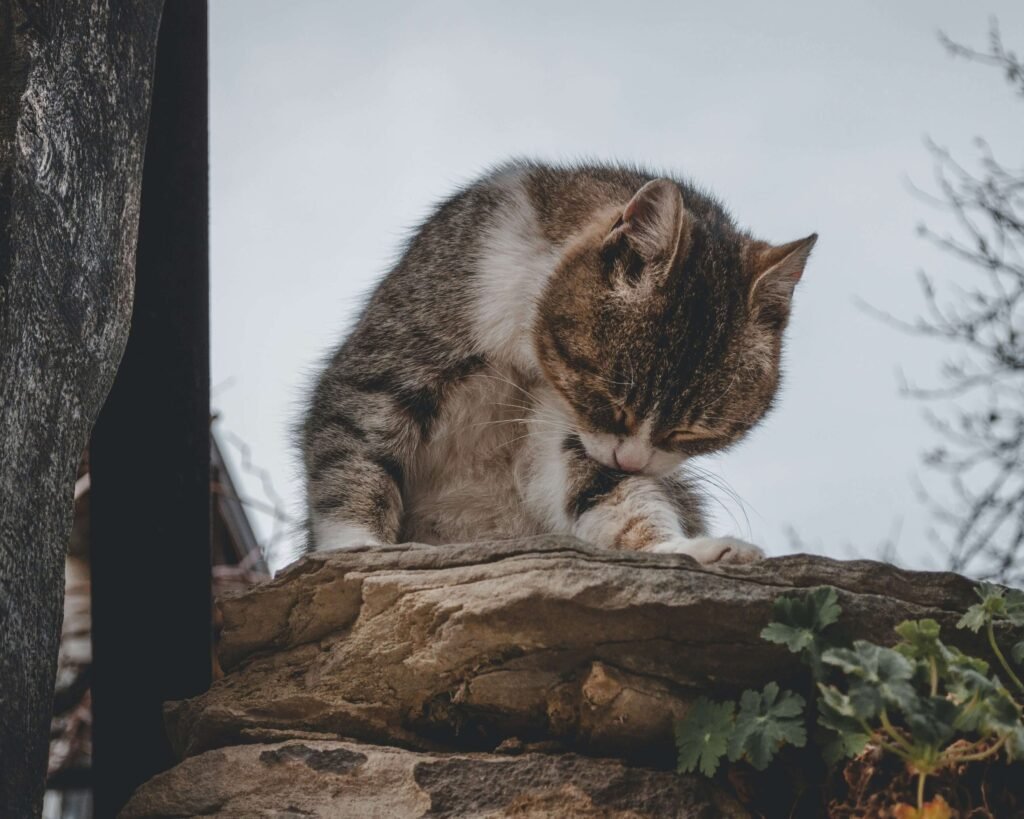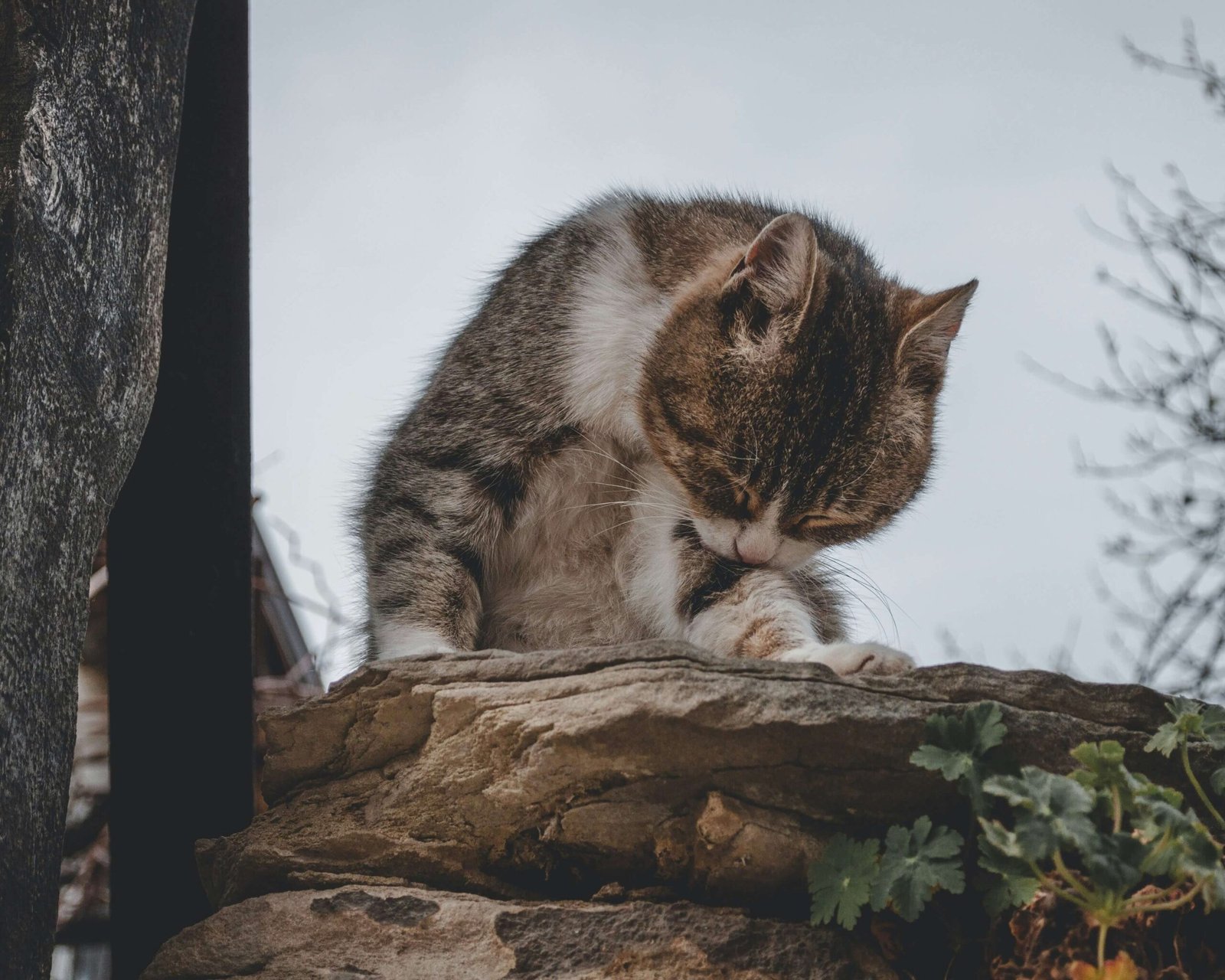Understanding the Feral Cat Lifespan
Feral cats, often misunderstood and overlooked, lead lives vastly different from their domesticated counterparts. These independent felines roam freely, relying on their instincts to survive in urban alleys, rural fields, or wooded areas. However, the challenges they face—such as harsh weather, limited food sources, and threats from predators or humans—can significantly impact their lifespan. While a well-cared-for indoor cat can live up to 15 years or more, the life expectancy of a feral cat is much shorter. In this blog post, we’ll explore the factors that influence a feral cat’s lifespan, how they survive in the wild, and what can be done to improve their quality of life.
Factors Affecting the Lifespan of Feral Cats
The lifespan of a feral cat depends on a variety of environmental and biological factors. Here are some key influences:
Access to Food : Feral cats with consistent access to food sources, such as dumpsters or kind-hearted feeders, tend to live longer than those struggling to find sustenance.
Exposure to Harsh Weather : Extreme temperatures, rain, and snow can weaken a feral cat’s immune system and shorten their lifespan.
Predators and Threats : Encounters with larger animals, vehicles, or hostile humans pose significant risks to feral cats.
Disease and Parasites : Without veterinary care, feral cats are prone to illnesses like feline leukemia, distemper, and parasitic infections.
Reproductive Stress : Frequent breeding takes a toll on female feral cats, reducing their overall lifespan.
Understanding these factors highlights the challenges feral cats face daily and underscores the importance of community efforts to support them.
Average Lifespan of Feral Cats
The average lifespan of a feral cat is significantly shorter than that of a domesticated cat. Here’s a breakdown of what to expect:
Urban Areas : Feral cats in cities may live 2-3 years due to abundant food but higher risks from traffic and human activity.
Rural Areas : In less populated regions, feral cats might live slightly longer, around 4-5 years, depending on food availability and predator presence.
TNR Programs : Cats involved in Trap-Neuter-Return programs often live longer due to reduced reproductive stress and occasional care.
Solitary vs. Colony Living : Cats living in colonies may have better survival rates due to shared resources and protection.
Exceptional Cases : Some feral cats with access to consistent care or sheltered environments can live up to 10 years, though this is rare.
While the odds are stacked against them, certain conditions can extend a feral cat’s life beyond the average.
Check this guide 👉How to Get a Feral Cat to Trust You: Best 7 Expert Tips!
Check this guide 👉How to Tame a Feral Cat: Best 7 Expert Tips!

Challenges Faced by Feral Cats | Ways to Improve Their Lifespan |
|---|---|
Limited access to food | Provide regular feeding stations |
Harsh weather conditions | Build shelters to protect them from elements |
High risk of disease | Support TNR programs for vaccinations |
Predators and human threats | Educate communities about coexistence |
Reproductive stress | Spay/neuter to reduce health complications |
How Communities Can Help Feral Cats
Communities play a crucial role in improving the lives and lifespans of feral cats. Here are some ways you can make a difference:
Trap-Neuter-Return (TNR) Programs : These initiatives help control the feral cat population and reduce health risks through spaying/neutering.
Feeding Stations : Setting up designated feeding areas ensures cats have access to regular meals without scavenging.
Shelter Building : Simple shelters made from insulated materials can provide warmth and safety during extreme weather.
Veterinary Care : Partnering with local vets or organizations can provide vaccinations and treatments for common ailments.
Public Awareness : Educating others about feral cats fosters compassion and reduces harmful behaviors toward them.
By working together, communities can create safer environments where feral cats can thrive despite their challenges.
Signs That a Feral Cat Needs Help
While feral cats are resilient, there are times when intervention is necessary. Here’s how to recognize when a feral cat may need assistance:
Visible Injuries : Open wounds, limping, or bloodstains indicate trauma that requires medical attention.
Severe Weight Loss : A gaunt appearance suggests the cat isn’t getting enough food or is battling illness.
Lethargy : Unusual stillness or lack of movement could signal weakness or disease.
Eye or Nose Discharge : Persistent discharge often points to respiratory infections or other health issues.
Pregnancy or Kittens : Pregnant or nursing feral cats may need extra care to ensure their survival and the survival of their kittens.
If you notice any of these signs, contacting a local animal rescue or veterinarian can make a life-saving difference.
Common Misconceptions About Feral Cats
There are many misconceptions about feral cats that can lead to misunderstandings about their behavior and needs. Here’s what you should know:
They Are Not Stray Cats : Unlike stray cats, feral cats are not socialized to humans and are unlikely to adapt to living indoors.
Feral Cats Are Not Aggressive by Nature : While they may appear defensive, their behavior is driven by fear rather than aggression.
They Don’t Survive Easily on Their Own : Contrary to popular belief, feral cats face significant challenges in the wild and often rely on human intervention to survive.
Feral Cats Don’t Spread Disease to Humans : With proper management, such as TNR programs, the risk of disease transmission is minimal.
They Play an Important Ecological Role : Feral cats help control rodent populations, contributing to a balanced ecosystem.
Understanding these facts can foster greater empathy and support for feral cats in our communities.
How to Build a Shelter for Feral Cats
Providing shelter for feral cats is one of the most impactful ways to help them survive harsh weather conditions. Here’s how to create a simple yet effective shelter:
Choose Insulated Materials : Use plastic bins, Styrofoam, or plywood to create a warm and waterproof structure.
Add Bedding : Line the shelter with straw (not hay) to provide insulation and comfort.
Ensure Proper Ventilation : Drill small holes near the top of the shelter to allow airflow while keeping the interior dry.
Position Strategically : Place the shelter in a quiet, hidden area to give cats a sense of security.
Maintain Regularly : Check the shelter periodically to replace bedding and ensure it remains clean and intact.
By building and maintaining shelters, you can offer feral cats a safe haven during extreme weather and improve their chances of survival.
The Benefits of Spaying and Neutering Feral Cats
Spaying and neutering feral cats through TNR programs offers numerous benefits for both the cats and the community. Here’s why it’s so important:
Population Control : Sterilization reduces the number of kittens born into already challenging environments.
Improved Health : Spayed/neutered cats are less prone to reproductive cancers and infections.
Reduced Behaviors : Neutered males are less likely to fight, spray, or roam, minimizing disturbances in neighborhoods.
Longer Lifespan : Sterilized cats tend to live longer due to reduced stress and fewer health risks.
Community Harmony : Managing feral cat populations fosters better relationships between residents and local wildlife.
By supporting spaying and neutering efforts, you contribute to healthier feral cat populations and more peaceful communities.
Frequently Asked Questions About Feral Cats
How long do feral cats typically live?
On average, feral cats live 2-5 years, though some may survive longer with proper care.
What is a TNR program?
Trap-Neuter-Return programs aim to control feral cat populations by spaying/neutering and vaccinating them before releasing them back into their environment.
Can feral cats become pets?
Young kittens or socialized adults can sometimes be rehabilitated, but adult feral cats are usually too wild to adapt to domestic life.
How can I help feral cats in winter?
Providing insulated shelters, heated water bowls, and regular food can help them survive cold weather.
Are feral cats dangerous?
Feral cats are generally shy and avoid humans, but they may act defensively if cornered or threatened.
Making a Difference for Feral Cats
The lifespan of a feral cat is shaped by countless challenges, from food scarcity to harsh weather and disease. However, with compassion and community effort, we can make a meaningful impact on their lives. By supporting initiatives like TNR programs, providing food and shelter, and spreading awareness, we can help these resilient creatures live longer, healthier lives. While feral cats may never know the comfort of a loving home, our actions can offer them a fighting chance in a world that often overlooks them. Together, we can create a safer and more humane environment for all cats, whether feral or domesticated.
Understanding Bone Supplement for Cats: Best 7 Expert Tips! – Safe, vet-approved guidance for strong feline bones & balanced nutrition.
Bone Supplement for Dogs: Best 7 Expert Tips! – Expert guide to calcium, collagen & bone health for every life stage.
Understanding Can Cats Get Sunburn: Best 7 Expert Tips! – Protect your feline from UV damage with vet-backed prevention strategies.
How to Train a Seizure Alert Dog: Best 7 Expert Tips! – Learn expert-backed steps to nurture natural instincts into reliable, life-saving seizure alerts.





